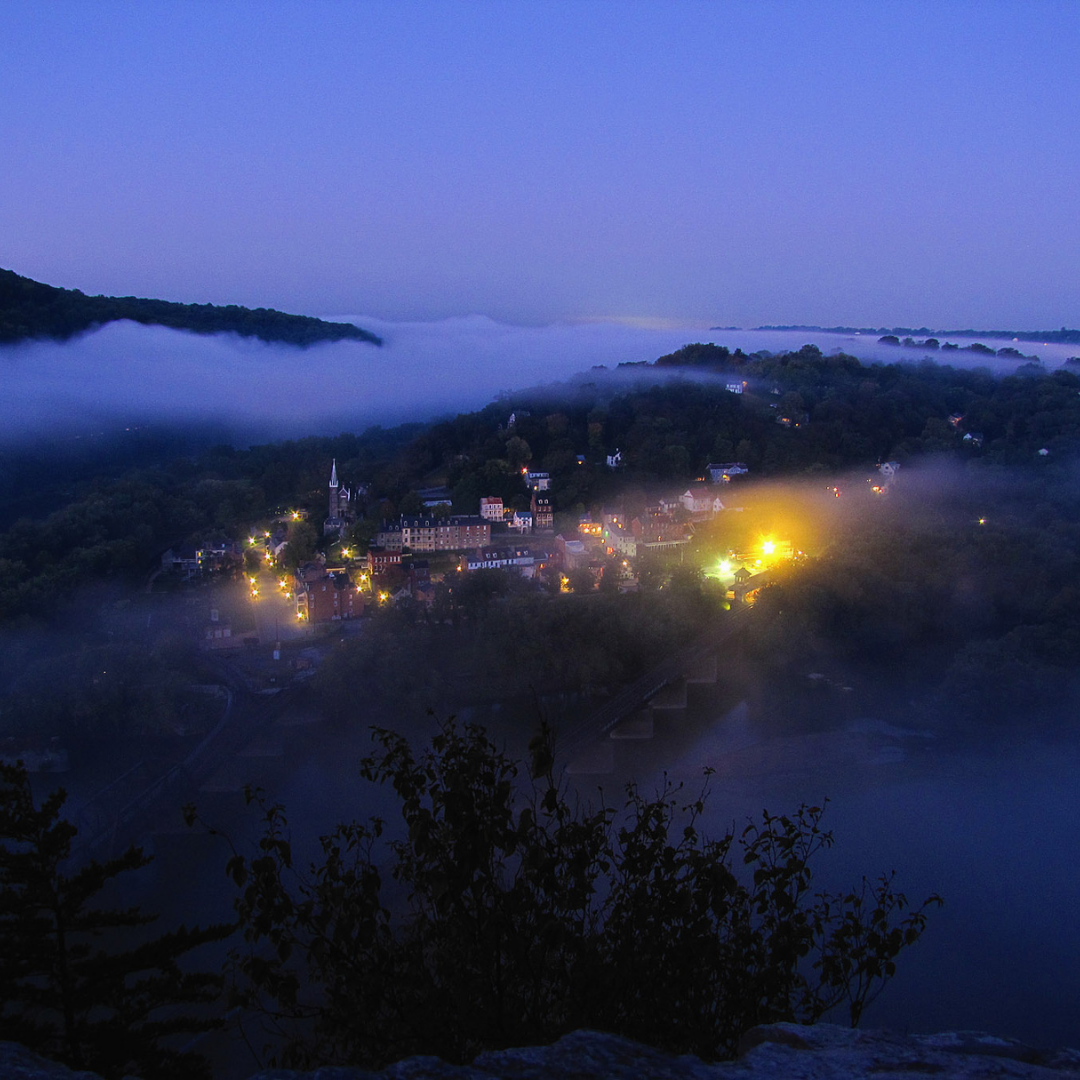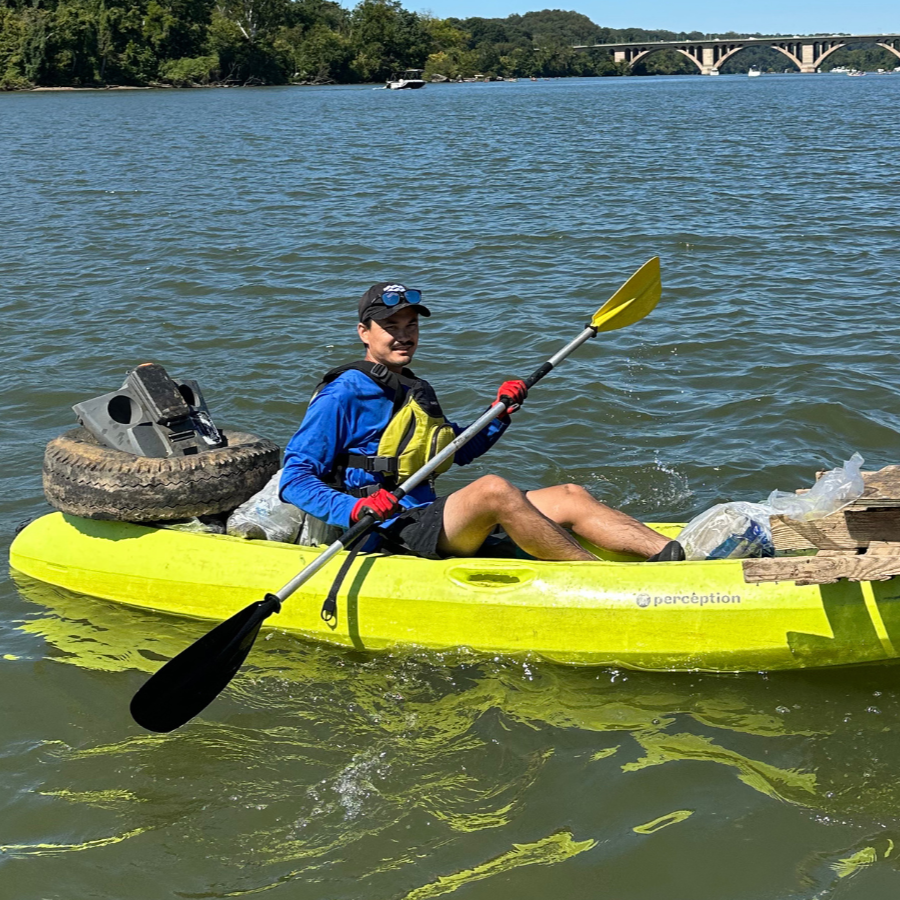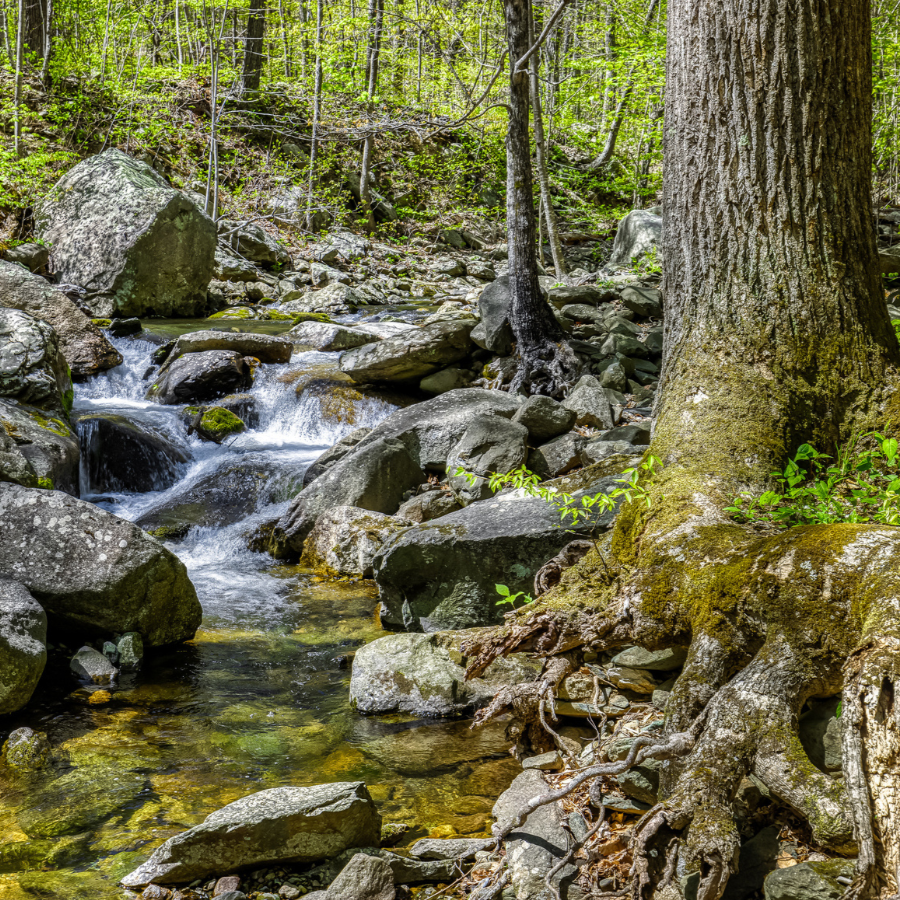You can add these colorful fish to the list of Potomac comebacks
/Land Protection program conserves critical wildlife habitat in headwaters
Dustin Wichterman, Potomac Headwaters Project Coordinator with Trout Unlimited, fishes for brook trout in Pendleton County, W.Va., on May 2, 2014. (Photo by Steve Droter/Chesapeake Bay Program)
If you’ve never seen a brook trout in person, don’t be surprised.
The small, colorful fish have been hard to come by in recent decades, but that’s starting to change thanks to upstream restoration and conservation.
Major floods in the 1980s and 90s damaged many rural streams in the Potomac River’s headwaters that once teamed with brook trout.
Erosion filled streams with sediment, and government-funded streambed channelization destroyed green filter strips that created shade and kept water temperatures down, which is especially important for brook trout: they can’t survive in waters warmer than 75 degrees.
The Partners for Fish & Wildlife program, a public-private partnership between the US Fish & Wildlife Service and Trout Unlimited has been hard at work in recent years restoring brook trout habitat in the Potomac’s headwaters.
They’ve worked with dozens of landowners to erect fences to keep cattle from polluting waters and eroding the banks, and they’ve planted over 300 acres of vegetated filter strips along streams.
Their work is starting to pay off.
“We’re seeing a decrease in water temperatures and an increase in the number of trout,” Dustin Wichterman with Trout Unlimited told the Charleston Gazette-Mail. “Not only are we expanding trout populations, we’re strengthening them genetically as well.”
If you find brook trout in a stream, it's an indication of good water quality. Brook trout are rarely found in urban areas. Though they aren’t picky eaters, they need clear, cool, sediment-free, freshwater, a rarity in developed cities and towns.
Across our region, as more forests have been paved over and developments built, water quality has decreased, and so have brook trout populations.
That’s why protecting healthy habitat and thriving streams from development is critical.
Potomac Conservancy’s Land Protection program has permanently protected more than 57 miles of healthy streams and creeks throughout the Potomac region. We're currently working on a new conservation easement that will protect Bear Garden Run, home to wild brook trout!
Protecting land in perpetuity means brook trout, bass, herons, and countless other animals will have habitat for years to come.
Learn more about our Land Protection program and how you can help protect brook trout habitat >















In the midst of a remarkable comeback, the Potomac River has seen a 10% increase in recreation in three years, but now its future is in question…Rising threats to water quality are impacting this wild urban river, the drinking water source for 5 million people in the DMV.